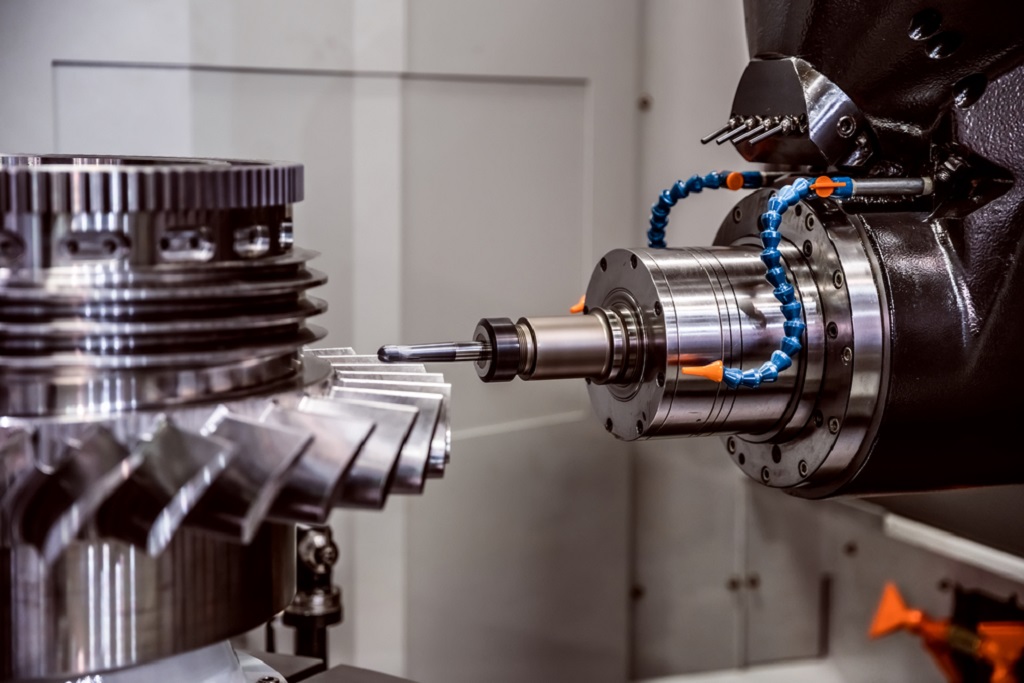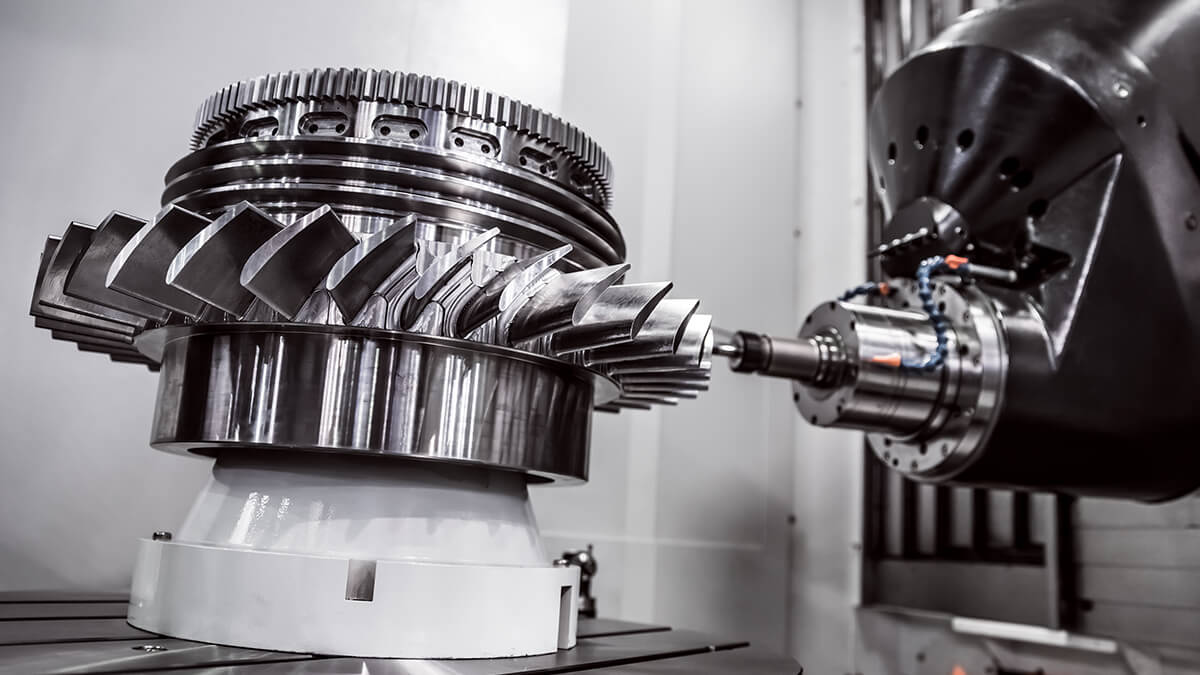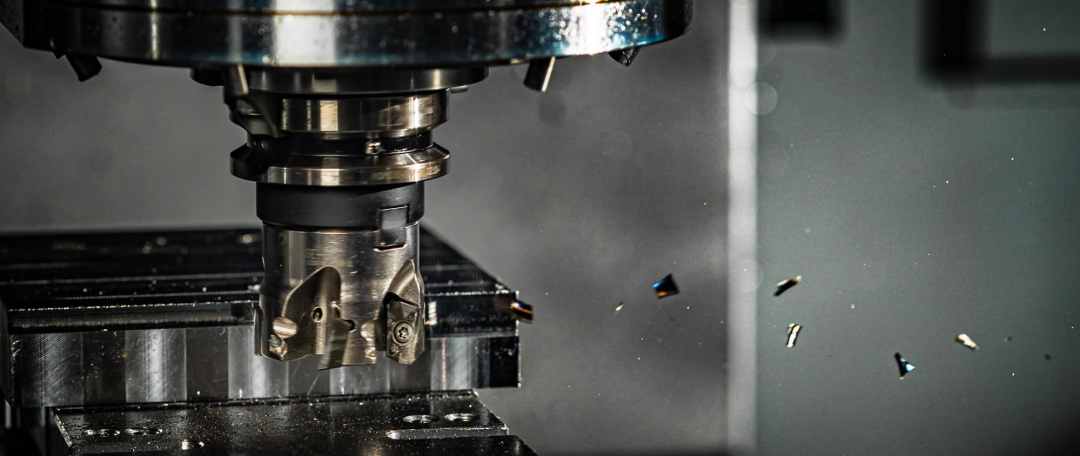Dental technology has seen tremendous advancements over the years. One such advancement is the dental milling machine. In this article, we will delve into what precisely a dental milling machine is and how it has revolutionized dental practices worldwide.

Introduction to Dental Milling Machines
So, what is a dental milling machine? In simple terms, it is a sophisticated device used to manufacture dental restorations like crowns, bridges, dentures, and other prostheses. Utilizing advanced computer technology, these machines can create precise and customized dental pieces from various materials such as ceramics, zirconia, and composite resins.
The Evolution of Dental Milling Machines
The Early Days
Dentistry has always relied heavily on manual skills and artistry. Before dental milling machines, creating dental restorations often entailed a lengthy process involving hand-sculpting by dental technicians.
Introduction of CAD/CAM Technology
The integration of CAD/CAM technology (Computer-Aided Design and Computer-Aided Manufacturing) marked a significant turning point. It allowed for digital design and production of dental restorations, dramatically increasing accuracy and efficiency.
How Do Dental Milling Machines Work?
The primary function of a dental milling machine is to convert 3D digital models into physical dental restorations. The process involves several steps:
- Digital Impression: A 3D digital scan of the patient’s mouth is taken.
- Design: The dental restoration is designed using CAD software.
- Milling: The design is sent to the milling machine, which then carves the restoration from a solid block of dental material.
- Finishing: The milled restoration is then polished, fitted, and evaluated for accuracy.
Types of Dental Milling Machines
Singe-Unit Milling Machines
Ideal for individual restorations, these machines are compact and perfect for smaller dental practices.
Multi-Unit Milling Machines
Designed for larger dental laboratories, these machines can manufacture multiple restorations simultaneously, making them ideal for high-volume production.
Benefits of Using Dental Milling Machines
High Precision and Accuracy
The use of advanced software and milling techniques ensures that the restorations are incredibly accurate, leading to better patient outcomes.
Time Efficiency
Dental milling machines significantly reduce the time required to produce restorations. What once took weeks can now be done in hours.
Cost-Efficiency
Over time, the use of a dental milling machine can significantly reduce costs by minimizing manual labor and material waste.
The Materials Used in Dental Milling Machines
Ceramics
One of the most commonly used materials, ceramics, is known for its durability and esthetic appeal.
Zirconia
Zirconia is highly valued for its strength and is often used for crowns and bridges.
Composite Resins
These materials offer a more cost-effective option while still providing satisfactory results.
The Future of Dental Milling Machines
Continued Technological Advances
As with any technology, dental milling machines continue to evolve. Future advancements promise even higher precision, faster processing times, and greater material options.
Integration with AI
The integration of Artificial Intelligence (AI) could further revolutionize the design process, making it faster and more accurate.
The Role of Operators in Using Dental Milling Machines
Training Requirements
While these machines are incredibly advanced, they still require skilled operators who understand both the technology and the principles of dentistry.
Quality Control
Even with digital precision, human oversight is essential to ensure the final product meets all required standards.
Common Misconceptions About Dental Milling Machines
High Costs
While the initial investment may be significant, the long-term benefits often outweigh the costs.
Complex Operation
Modern dental milling machines are designed to be user-friendly, allowing for easier integration into dental practices.
How to Choose the Right Dental Milling Machine
Assessing Your Needs
Different dental practices may have different needs, so it’s essential to assess what you require from a milling machine.
Comparing Features
Look at the features each machine offers and how they align with your practice’s needs.
Reading Reviews
Check out reviews from other dental professionals to gauge the reliability and performance of different machines.
Conclusion
The advent of dental milling machines has brought about tremendous changes in the dental industry. From increased precision and efficiency to cost-effectiveness, these machines have revolutionized the way dental restorations are made, ensuring better patient outcomes and increased satisfaction.

FAQs
What Materials Are Used in Dental Milling Machines?
Common materials include ceramics, zirconia, and composite resins.
How Long Does It Take to Create a Dental Restoration?
The time varies but generally ranges from a few hours to a day.
Are Dental Milling Machines Easy to Use?
While training is required, modern machines are designed to be user-friendly.
